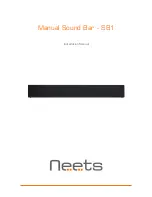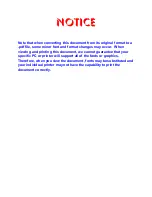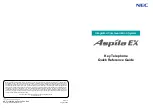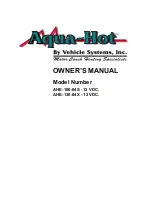
50
Culligan® Premier Series Automatic Deionizer
50
Cat. No. 01024000
Removal of Organics from the Anion Resin
The need to clean the Anion resin bed of organic fouling will most often be recognized by long rinses required to achieve
quality after regeneration. If it is determined that the resin is organically fouled, a brine solution may be used to remove
the organics from the Anion resin. Follow the steps below to brine the Anion column.
1. Mix a solution of 9 parts sodium chloride to 1 part sodium hydroxide. Five gallons of this solution is required for
each cubic foot of Anion resin. For example: 10 ft
3
of anion resin requires 50 gallons of solution.
NOTE This ratio can be achieved by dissolving 3.75 lbs of salt and 7 oz. of 50% liquid caustic soda in 5 gal-
lons of water.
2. Connect tubing from the salt/caustic solution to the anion feed pump.
3. Initiate a manual regeneration of the anion column. Allow the Anion to complete the regeneration through the
rinse cycle, then advance the control to the service position.
4. Reconnect the normal caustic drawtube to the eductor and then regenerate the entire system.
TDS Probe Maintenance
To prolong the life of the TDS probe, it is recommended that it be cleaned regularly.
1. Immerse the tip of the probe in HANNA Instruments HI 7061 Electrode Cleaning Solution (Han-HI7061M) for at
least one (1) hour. If a more thorough cleaning is desired, lightly sand the metal pins with very fine sand paper.
2. After cleaning, rinse the probe with tap water and recalibrate the meter. When not is use, the probe should be
cleaned prior to storage.
















































